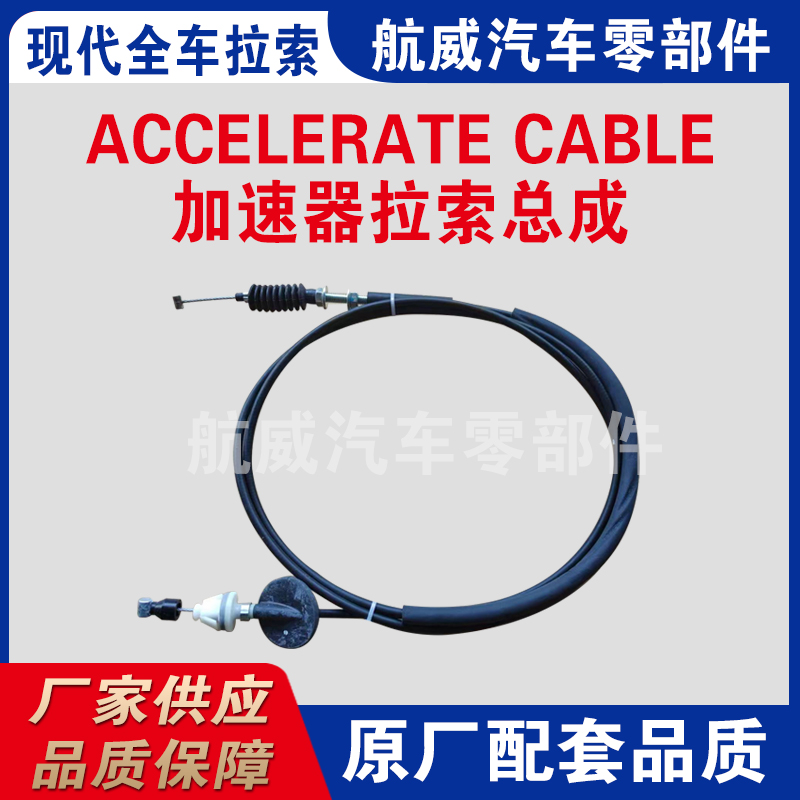Understanding Cable Throttle Pedals in Automotive Systems and Their Functionality
Understanding the Cable Throttle Pedal A Comprehensive Insight
In the world of automotive engineering, the throttle system plays a crucial role in the performance and control of a vehicle. One of the most traditional yet effective forms of throttle control is the cable throttle pedal. This mechanism, although increasingly overshadowed by electronic throttle control systems, remains significant due to its simplicity, reliability, and ease of maintenance.
What is a Cable Throttle Pedal?
The cable throttle pedal is a mechanical component that connects the driver’s input to the engine’s throttle. When a driver presses the accelerator pedal, a cable is pulled or released, which directly controls the position of the throttle body in the engine. This mechanical link allows for an immediate response from the engine, translating the driver's intentions into action with minimal delay.
Components of the Cable Throttle System
A typical cable throttle system consists of several key components
1. Throttle Pedal This is the foot-operated pedal that the driver uses to control acceleration. The design of the pedal is ergonomic, ensuring comfort while allowing for fine control.
2. Throttle Cable This is a flexible cable that connects the throttle pedal to the throttle body. The cable is usually encased in a protective sheath and is designed to withstand tension and wear over time.
3. Throttle Body Located in the intake system, the throttle body houses the throttle plate, which opens and closes to regulate the airflow into the engine. The position of the throttle plate directly influences engine speed and power output.
4. Return Spring This spring is essential for ensuring the throttle returns to its closed position when the pedal is released. It provides a necessary counterforce to the cable tension and helps maintain engine control.
cable throttle pedal

Advantages of Cable Throttle Pedals
1. Simplicity One of the most significant advantages of a cable throttle system is its straightforward design. With fewer electronic components, cable throttle systems have less potential for electronic failure. This simplicity makes them easier to repair and maintain, especially in older vehicles.
2. Direct Feedback Drivers often appreciate the tactile feedback that a cable throttle provides. The direct mechanical connection between the pedal and the engine allows for immediate response, giving a more intuitive driving experience. This responsiveness can be especially desirable in performance vehicles.
3. Cost-Effectiveness Due to their simpler design and fewer parts, cable throttle systems are typically less expensive to manufacture and repair compared to their electronic counterparts.
Disadvantages of Cable Throttle Pedals
Despite their advantages, cable throttle pedals also have some downsides. Over time, cables can stretch, fray, or become sticky due to dirt and grime accumulation. These issues can lead to inconsistent throttle response or complete failure, which can be dangerous while driving. Additionally, as vehicles evolve to meet stricter emissions standards and consumer demands for advanced features, the trend is shifting towards electronic throttle controls, which offer benefits such as adaptive cruise control and traction control integration.
The Future of Throttle Control
As technology advances, the automotive industry is seeing a growing trend towards electronic throttle control (ETC) systems. These systems use sensors to detect the driver’s input and send signals to a throttle actuator, allowing for more precise control of the engine's airflow. However, cable throttle systems retain their charm and practicality, particularly in classic cars and certain performance models that favor mechanical simplicity.
In conclusion, while the cable throttle pedal may seem like an outdated technology in the face of modern electronic systems, it offers unique benefits that ensure its continued relevance in specific contexts. Its simplicity, affordability, and direct driver feedback provide an engaging driving experience that many enthusiasts cherish. As the automotive landscape continues to evolve, the cable throttle pedal remains a testament to the effective engineering principles that have laid the foundation for the vehicles we enjoy today. Whether in classic cars or applications that prioritize driver engagement, the cable throttle pedal serves as a reminder of the balance between tradition and innovation in automotive design.
-
The Right Handbrake Cable for Your VehicleNewsApr.09,2025
-
The Right Clutch Lines for Smooth PerformanceNewsApr.09,2025
-
How to Choose the Right Cables at the Best PriceNewsApr.09,2025
-
How to Choose and Maintain Gear Cables for Smooth ShiftingNewsApr.09,2025
-
Choosing the Right Throttle Cables for Smooth and Reliable PerformanceNewsApr.09,2025
-
Choosing the Right Control Cables for Your VehicleNewsApr.09,2025
